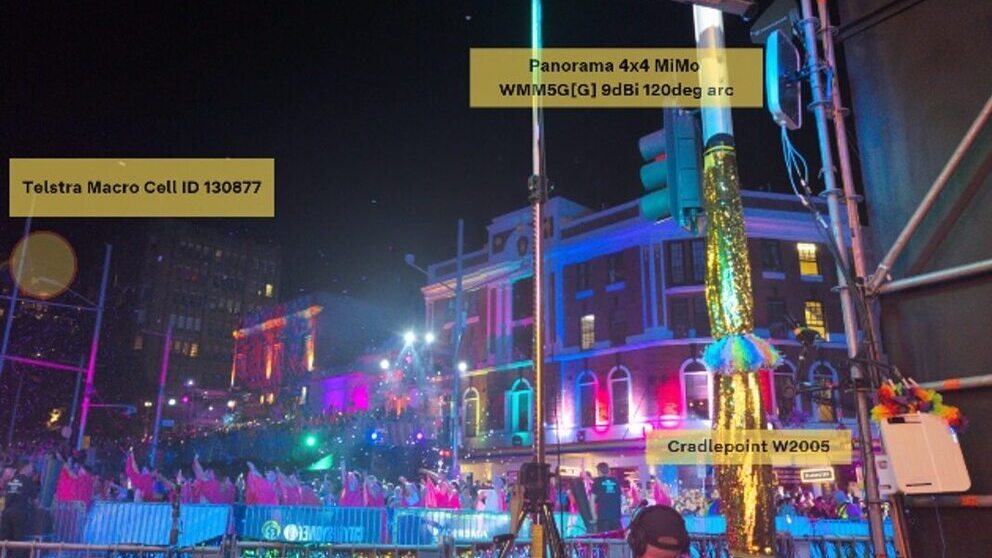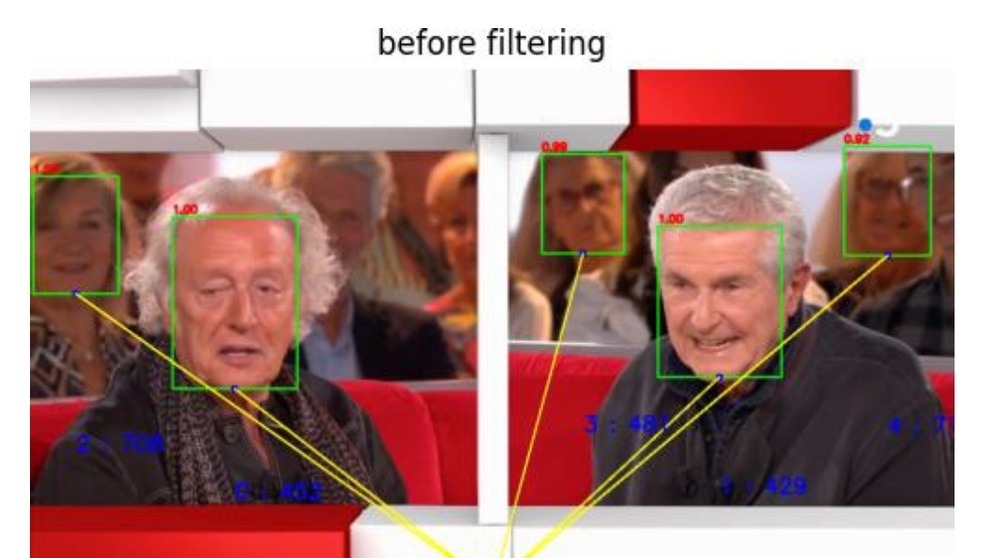This paper addresses the need for a consistent evaluation framework designed specifically for video content.
The increasing applicability of facial recognition technology (FRT) in the broadcast and media industries necessitates a standardised evaluation framework specifically designed for video content. The absence of such a framework poses challenges in the decision-making process regarding the implementation of facial recognition systems, as reliance on conventional Machine Learning (ML) metrics may lead to suboptimal choices. In fact, these metrics prioritise performance optimization, which can inadvertently overlook user-centric properties essential for practical applications and result in masking critical user-centric properties, such as the relevance and accessibility of the metadata produced.
To address this gap, the EBU has developed a benchmark tailored for facial recognition in television programming, accompanied by a state-of-the-art AI model optimised for this framework. This initiative involved the extensive annotation of a video dataset guided by user-centric metrics, which prioritise the accurate retrieval of relevant personalities in accordance with the requirements of documentalists. Our strategy improves...
You are not signed in.
Only registered users can view this article.

IET announce Best of IBC Technical Papers
The IET have announced the publication of The best of IET and IBC 2024 from IBC2024, once again showcasing the groundbreaking research presented through the papers. The papers have been selected by IBC’s Technical Papers Committee for being novel, topical, analytical and well-written and which have the potential to make a significant impact upon the media industry. 327 papers were submitted this year, and after a rigorous selection process this publication features the ten papers deemed by the judges to be the best.

Technical Papers 2024 Session: 5G Case Studies – public network slicing trials and striving for low latency
In this session from IBC2024, Telestra Broadcast Service and the BBC present their work 5G Case Studies as part of the IBC Technical Papers.

Technical Papers 2024 Session: AI in Production – training and targeting
In this session from IBC2024, three authors from NHK, Viaccess-Orca and European Broadcasting Union present their work on the application of AI to media production as part of the IBC Technical Papers.

Technical Papers 2024: Audio & Speech – advances in production
In this session from IBC2024, two authors present their work on Audio Description and implementing Audio Definition Model as part of the IBC Technical Papers.

Technical Papers 2024 Session: Advances in Video Coding – encoder optimisations and film grain
In this session from IBC2024, IMAX, MediaKind, Fraunhofer HHI and Ericsson present their work on video coding, as part of the IBC Technical Papers
